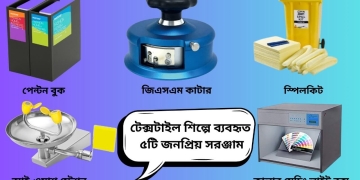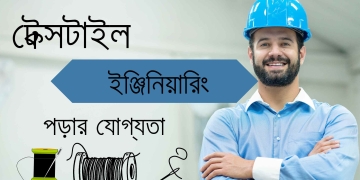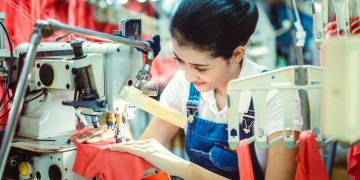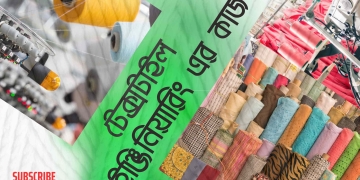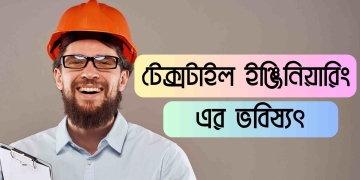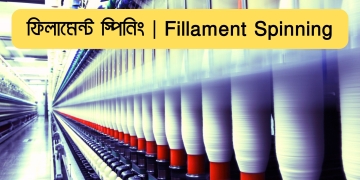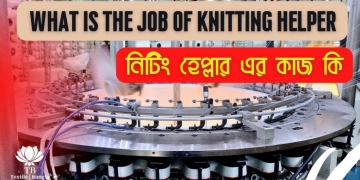A sewing machine is a mechanical device that sews fabric and other materials together with thread.
Sewing machines have been greatly improved since then, and now come in many different types and sizes for both home and industrial use.
Sewing machines have been around for centuries, and their basic function hasn’t changed much in all that time. Of course, the machines themselves have gotten a lot more sophisticated, but at heart, they still work in pretty much the same way as those early models. Here’s a look at how a typical sewing machine works:
The first thing you need to do is thread the needle. This can be a bit tricky, so it’s important to follow your sewing machine’s instructions carefully. Once the needle is threaded, you also need to thread the bobbin.
This holds the second strand of thread that will be used to stitch together your fabric. With both the needle and bobbin threaded, you’re ready to start sewing! Place your fabric under the presser foot (this holds it in place) and lower the needle into it.
Then just start running the machine – the needle will take care of moving up and down and stitching everything together. As you sew, you may need to make adjustments like changing the stitch length or width. Again, consult your sewing machine’s manual for specific instructions on how to do this.
And that’s really all there is to it! With a little practice, you’ll be an expert seamstress in no time!
How a Sewing Machine Works Step by Step?
A sewing machine is a mechanical device that sews fabric and other materials together with thread. Sewing machines were invented during the first Industrial Revolution to decrease the amount of manual sewing work performed in clothing and textile factories. The basic parts of a sewing machine are:
– needle
– thread spool
– take-up lever
– presser-foot
– feed dog
– bobbin case (or shuttle)
Most modern sewing machines also have: – a stitch selector that determines which kind of stitch will be sewn – an adjustable tension control knob to regulate how tight the thread is pulled as it forms the stitches
Here is a step-by-step guide on how a sewing machine works:
The needle is threaded through the eye at the top of the needle. Then, the thread is wound around the take-up lever (found at the top of the machine above the needle) and finally fed down through to the needle bar.
Be sure to use matching upper and lower thread colors for your project! If you’re using a prewound bobbin, insert it now into its case, making sure that the threads are correctly aligned according to your machine’s instructions. If you’re winding your own bobbin, do so now following your machine’s directions.
Generally, you’ll need to hold onto one end of the thread while you wind it around an empty bobbin placed in Bobbin Mode on your machine. Continue winding until there’s no slack left in the line; then clip it leaving about 6 inches for later use. Now would also be a good time to raise or lower your presser foot if necessary according to what type of fabric you’re working with – consult your machine’s user manual for details on this process as well as troubleshooting tips!
Conclusion
Sewing machines have come a long way since their inception in the early 1800s. These days, most sewing machines are electronic and come with a variety of features that allow you to sew just about anything you can imagine. But how do these machines work?
At its most basic, a sewing machine needle pierces through the fabric, and thread is fed through the eye of the needle. The needle then moves up and down, creating a stitch. The machine feeds the fabric through as you sew, making it possible to sew in a straight line without having to stop and start every few stitches.
Most modern sewing machines also have a bobbin, which is a small spool of thread that sits underneath the fabric. As you sew, the needle grabs thread from the bobbin and creates stitches that are locked in place by tension from the top thread. This helps to ensure that your stitching is even and strong.
Whether you’re just starting out or you’ve been sewing for years, understanding how your sewing machine works is an important part of getting great results. With just a little bit of knowledge, you’ll be able to create beautiful projects that will last for years to come!



